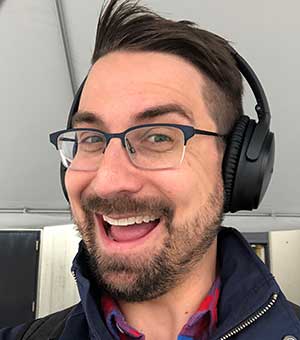Photography Tutorial: Get the Right Light

Return to page 1 of this article.
There’s nothing tricky to using a reflector. Think of it like a billiard shot: Imagine a line coming from the sun and bouncing off the reflector onto your subject.
As you move the reflector, you should see more or less light play on your subject’s face. It can be a subtle change, so move the reflector on and off to see where the light is filling in shadows. If you don’t have stands or an assistant, you can even have your subject hold the reflector for you. Once you’ve positioned your reflectors, take some test shots and pay attention to shadow areas and skin tone.
With more experience, you’ll recognize good portrait lighting. Cloud cover, tall buildings, trees, and other objects can often create a soft, diffuse light that’s ideal for portraiture.
The next time you’re tapped to take a headshot, don’t just put your subject against a wall and take the picture. Try to find some sunlight, and then manipulate it to handle the shadow and highlight areas.
The available light in this alley was very good for portraiture, without any modification. Click on the image to see a larger version.

Once you’re done shooting and are have transferred your portraits to the computer, check out another of my articles, “Smooth Operator: Make More Flattering Portraits,” for even more tips.
This article was last modified on December 17, 2022
This article was first published on March 2, 2009




